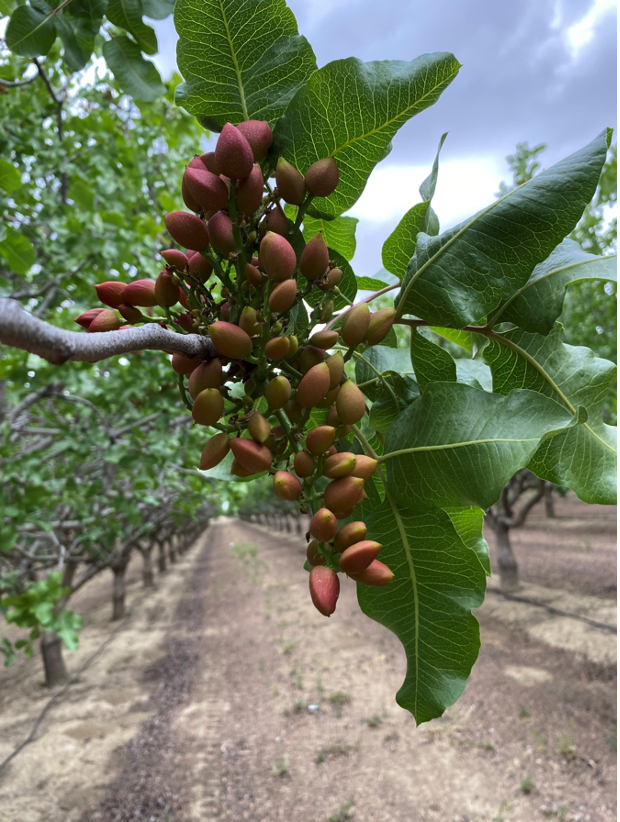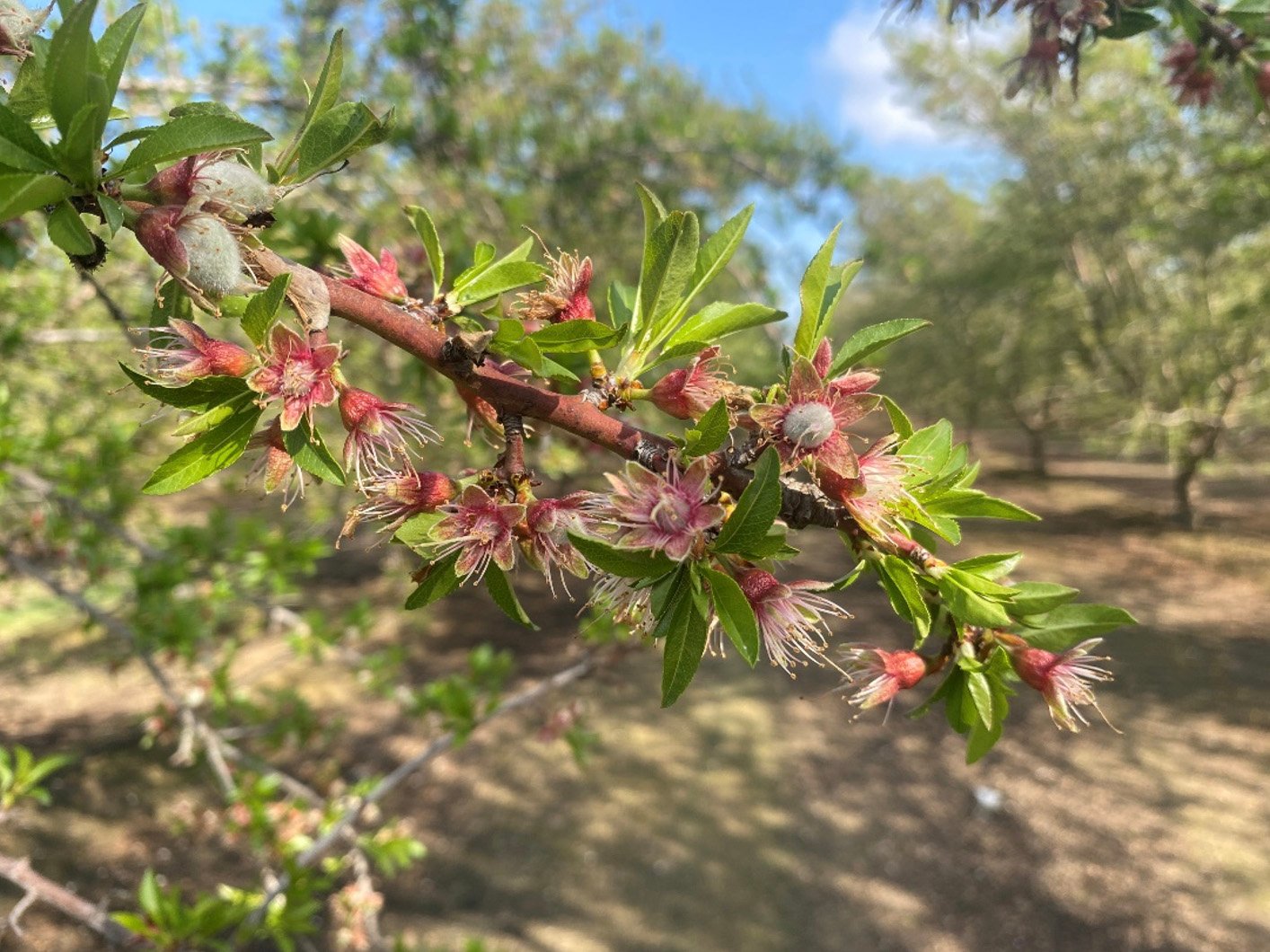By Travis Goldman
In the almond industry everyone is excited for bloom but to an irrigation advisor our excitement starts with root flush and early bud swell. As early as January 10th bud swell was being seen in Shasta and Nonpareil varieties on the western side of the San Joaquin Valley. Since then other varieties have progressed including other California varieties. From here we expect to see a cascading effect of the east side waking up and progressively moving north.

A useful tool when checking to see if your trees are waking up is to look at your soil tension graphs. Unlike a volumetric sensor, Hortau’s polymer tensiometers are able to detect gradual changes in soil tension. These values volumetrically are just fractions of a percentage but are easily and accurately tracking with soil tension. Early irrigation practices are a fine balance of optimizing water and oxygen levels within our rootzone and need to be accuraely measured. Soil tension values below 10 kPa are well hydrated but oxygen becomes the limiting factor. There is a significance in determining if a soil is at 7 kPa or at 12 kPa.

In Field 1 West we can detect a 5 kPa change from the 10th to the 24th but the most significant portion of this graph is looking at the ramp up in uptake after the 21st. At this time we are actively tracking root flush and root water uptak for vasculare rehydration. On th 20th there was some but development but not nearly as much present by Monday the 24th. At this time the trees are within an ideal soil moisture ange for both water and oxygen within the rhizosphere. Water/fertilizer could be applied but it too could reduce the amount of oxygen within the rootzone and slow down the momentum of the tree. For this field we will be waiting to apply a short shot of fertilizer until our tension at 12” exceeds 18 kPa to prevent saturating the top feeder roots and potentially leaching.
Keys to early irrigation success
-Maximize oxygen and water levels within your soils.
-Apply water and fertilizer responsibly to minimze leaching an anaerobic soil conditions.
-Use this time of the year for irrigation maintenance and improving irrigation DU.
-Strategically plan and prioritize fileds based of of root water uptake to prevent stress.
-Recharge your soils and ensure that fields have adequate moisture before bloom.
For more information on early irrigation management click the link below to see how Hortau is helping local growers with irrigation decisions.







